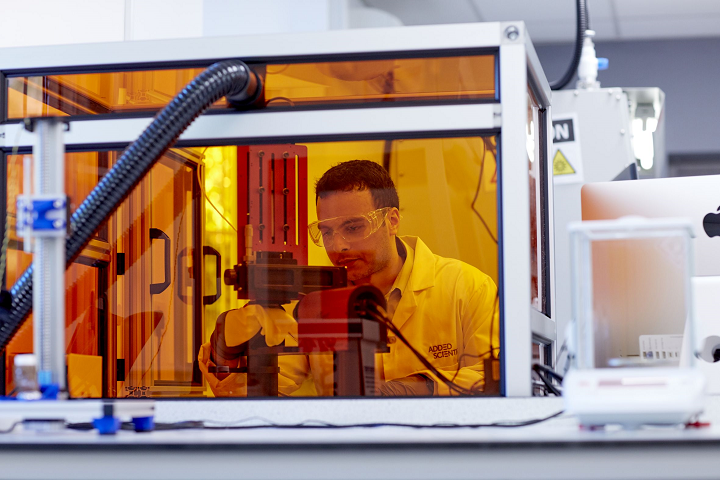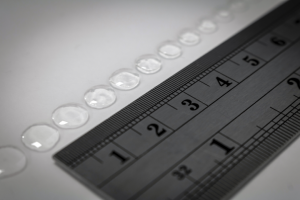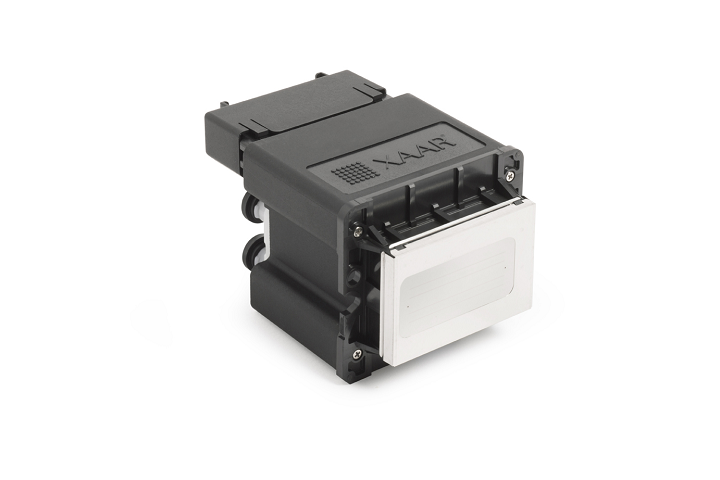Finnish researchers reach further into the potential of 3D printed medications, outlining their findings in the recently published ‘Towards Printed Pediatric Medicines in Hospital Pharmacies: Comparison of 2D and 3D Printed Orodispersible Warfarin Films with Conventional Oral Powders in Unit Dose Sachets.’
Researchers continue to seek ways to prevent error in the dispensing of medications, along with offering more patient-specific, on-demand services in healthcare—with an even further sense of urgency to find better ways to treat children. In this study, the scientific team compared traditional techniques in preparing doses of warfarin—a commonly used blood thinner—at HUS Pharmacy in Finland with two new methods for dealing with pediatric dosage.
Experimenting with both semisolid extrusion 3D printing and inkjet printing, the researchers created samples of orodispersible films (ODFs) for a range of prescription strengths, at 0.1, 0.5, 1, and 2 mg.
Treating children can be challenging due to the obvious differences in size and weight, and the seriousness of an overdose. The dosages presented for the study are meant for infants aged 6 to 23 months and preschool children aged 2 to 6 years, with the ODFs composed of thin films that disintegrate quickly upon sticking to the tongue, with no water required. This is one benefit to making medication more enticing to kids, but aesthetic preferences are a considering too—especially for children—in terms of color, size, and taste.
“The different sizes for the EXT ODFs were designed to increase in volume in the same ratio as the dose escalation in order to enable the use of the same printing solution for manufacturing of all sizes. The final sizes of the IJP ODFs were designed to be equal to the sizes designed for the EXT,” stated the researchers.
The team used a Biobots 1 printer to fabricate both placebo and drug-loaded ODFs, with films created on transparent sheets. The films were printed in three different batches, evaluated daily. For inkjet printing, the team used a PixDro LP50 piezoelectric printer with 128 nozzles, and a camera to monitor the jetted droplets.
“One printing run resulted in 32 printed films of a certain size that were allowed to dry in ambient conditions overnight and subsequently cut with a scalpel according to a template in order to obtain the final size,” stated the researchers.
Individual sachets were created, weighing 200 mg each, with three batches per dose size produced over three days. Drug concentration depended on the ‘wet weight’ of printed placebos and target doses. The samples and dosages were weighed after EXT printing, offering QA methods that could be used in a hospital setting.
“One discovered drawback with the used EXT printer was that it was difficult to attain the set pressure and even during printing of a single ODF the pressure would typically fluctuate. As pressure is one of the most important parameters to determine how much material is deposited per unit time, it may result in ODFs with fluctuating drug amount,” discussed the researchers. “Other factors to consider when using an EXT 3D printer is that the distance between the syringe tip and the build platform will have an impact on the amount of solution that is being deposited. Furthermore, the length of the tip and the amount of solution in the syringe was seen to influence the pressure required and the amount of solution being deposited. Consequently, at least all of these factors should be standardized or monitored to achieve ODFs with similar properties.”
IJP ODFs were also created in three steps using a modified, high concentration ink, with target doses created in a single layer.
“To achieve the target dose by printing a single layer, the dpi was calculated as described in the methods section,” explained the researchers. “No clogging of the nozzles was observed during printing with the described ink formulation, even though recrystallization during printing of high concentration inks containing solvents that are easily evaporated may be of concern for IJP.”

Manufacturing times for EXT ODFs and IJP ODFs. The manufacturing time includes the actual printing time, not premanufacturing steps nor drying times of films. For inkjet printing 51 ± 9 nozzles were used for target doses 0.1, 0.5, and 1 mg and 45 ± 7 nozzles for a target dose of 2 mg.
All the prepared ODF samples possessed suitable mechanical properties and were ‘superior’ in comparison to traditionally made counterparts, in terms of uniformity, leaving the research team confident about the possibility of printing them in a hospital, fabricating patient-specific doses.

(A) EXT drug-loaded ODF imprinted with a QR code containing information about the dosage form and (B) the same EXT ODF rolled up to visualize the flexibility of the film. (C) IJP drug-loaded ODF with a printed QR code and (D) the flexible ODF is subsequently coiled up for illustrative purposes.
“This study, among other recent studies in the field, have shown the feasibility and potential of using printing techniques for manufacturing of flexible doses, contributing to safer and improved treatments for various patient groups in the future,” concluded the researchers. “In order to produce personalized on-demand dosage forms for children in a hospital pharmacy setting, special attention should be paid to the safety of used excipients, implementation of suitable non-destructive and fast quality assurance methods. Furthermore, the possibility to use disposable parts instead of time-consuming cleaning procedures and short turnaround time for the complete manufacturing process including printing solution preparation and drying time of final dosage form should be ensured in order to successfully implement printing methods as a part of the manufacturing techniques used in a hospital pharmacy.”

Stability of the manufactured dosage forms with a target dose of 2 mg at time points 1, 7, 14, 21, and 28 days. The gray columns represent the target dose of 2 mg. Data shown as average ± SD, n = 10.
As 3D printing continues to make countless impacts in the medical field, medication is definitely an area where there will be long-lasting changes, from creating accelerated doses to DIY drugs and medication dispensers.
What do you think of this news? Let us know your thoughts! Join the discussion of this and other 3D printing topics at 3DPrintBoard.com.
[Source / Images: ‘Towards Printed Pediatric Medicines in Hospital Pharmacies: Comparison of 2D and 3D Printed Orodispersible Warfarin Films with Conventional Oral Powders in Unit Dose Sachets’]
The post Finland: 3D Printing Patient-Specific Doses of Warfarin for Children appeared first on 3DPrint.com | The Voice of 3D Printing / Additive Manufacturing.





